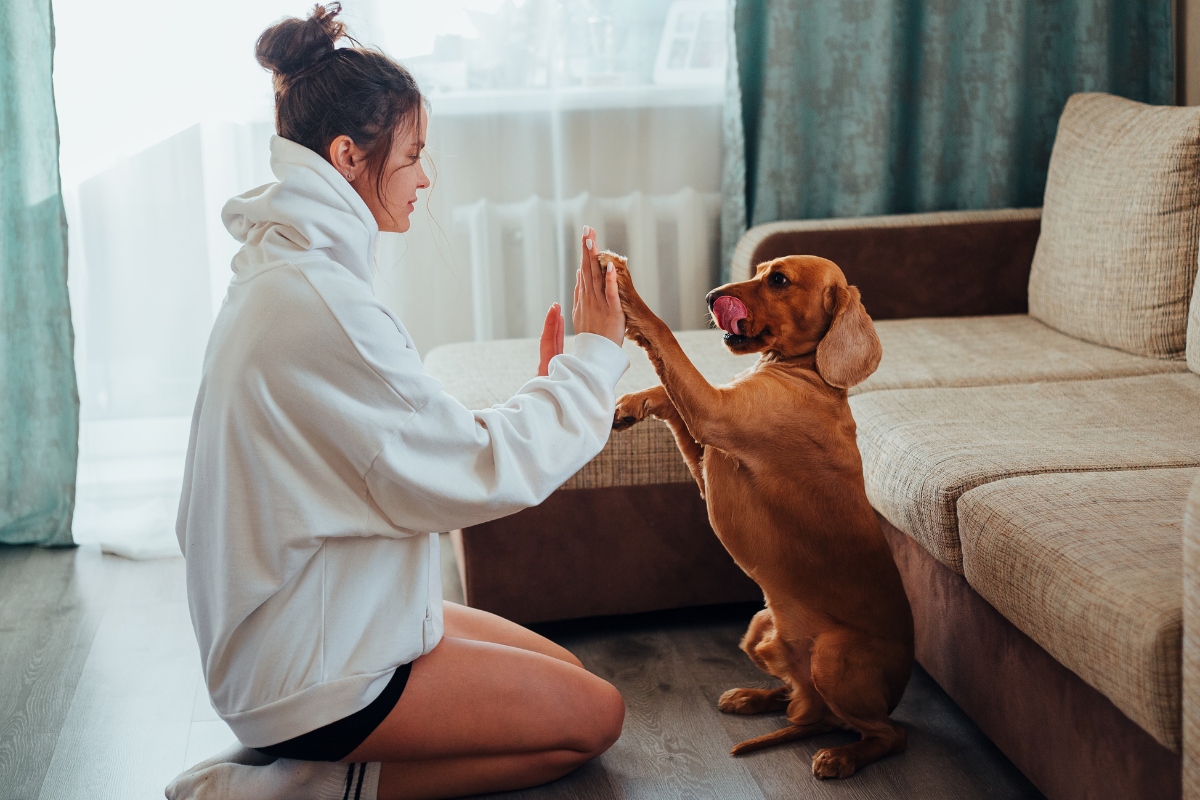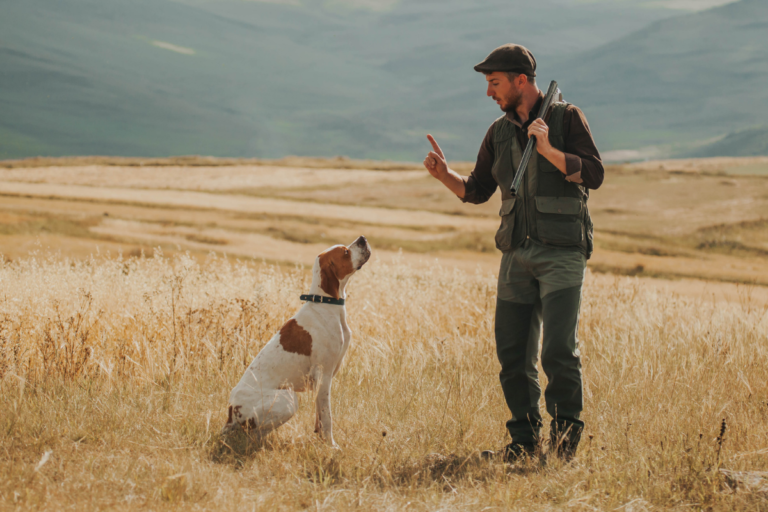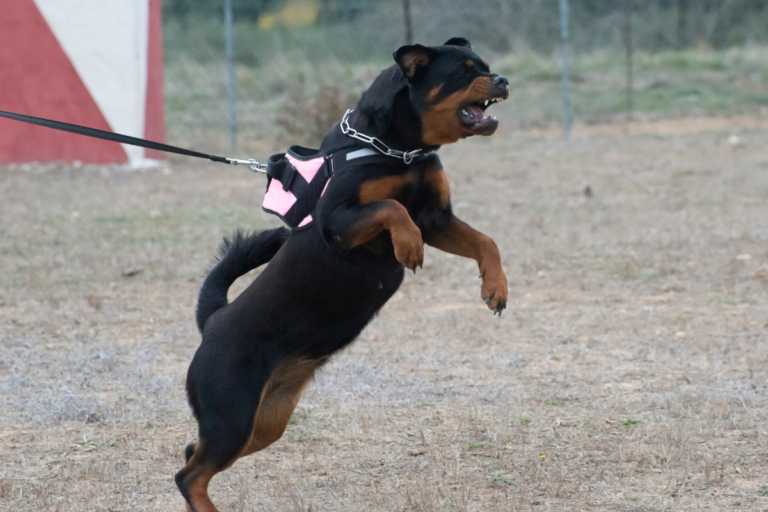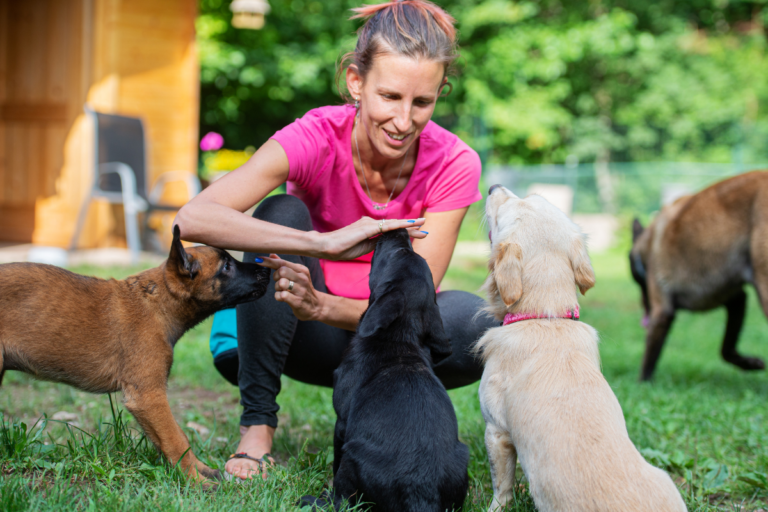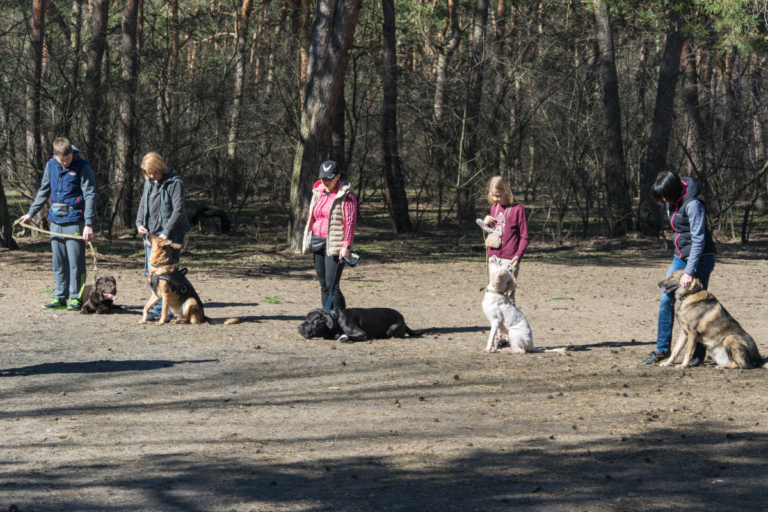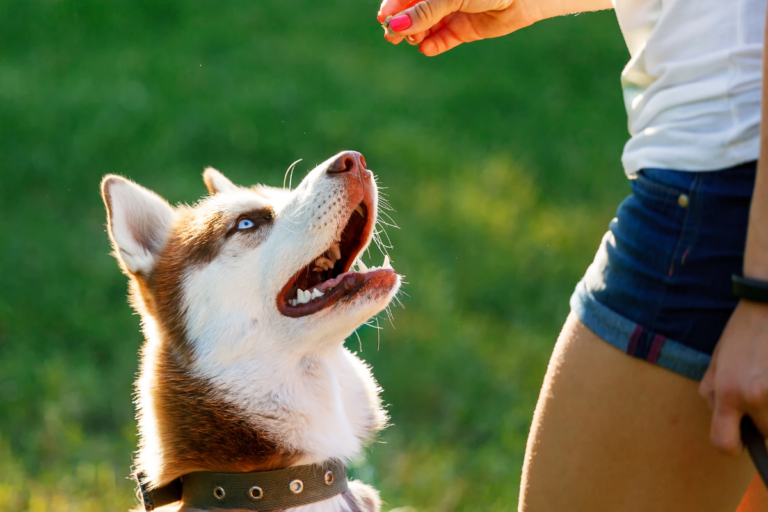Tackling Reactivity: Strategies for Our Dogs Success
Understanding Reactive Behavior
We’re all about getting on the same page with our dogs, especially when they start acting like they’ve seen a ghost. Understanding why they go into reactive mode is a win-win for them and us. So grab a leash, and let’s figure out what sets them off and how their reactivity differs from full-blown aggression.
Triggers for Reactivity
Those pups that jump out of their fur at the slightest provocation are just responding to what shakes their tail feathers. They might go all out with the barking, lunging, or growling, and we’re left wondering who invited Cujo to the party. Here are some of the reasons that might be firing up their reactivity:
- Genetics: Born this way, some doggos have genes that make them prone to reactivity.
- Lack of Socialization: Without enough “meet and sniffs” with new people, places, and other tail-waggers during their young days, some dogs might flip their lid at surprises later on.
- Past Experiences: Bad moments stick around. Dogs who’ve been through rough patches can get jumpy when faced with déjà vu moments.
- Fear and Anxiety: When dogs feel cornered, they might show their teeth out of sheer nerves (Dogster).
Differentiating Reactivity from Aggression
Knowing whether your dog is just a drama queen or on the warpath can help us give them the right help they need. Many reactive dogs put on a good show of aggression, but that’s not always the whole story.
Reactivity:
- Picky Scenarios: They have a laundry list of what sets them off—could be other dogs, the mailman, or something as simple as thunder.
- Scare Tactics: Feels like our dogs are just saying, “Back off!” They’re seeking space and breathing room so their reactions might feel over-the-top.
- Reel It In With Training: With proper guidance and practice, dogs can learn to chill out around stress triggers.
Aggression:
- Wide Variety of Causes: While fear is a player, it’s not the only star. Aggression can pop up from being territorial, feeling frustrated, or wanting to guard what’s theirs. Like telling the neighborhood cat to scram.
- Danger Zone: A dog who means business might be more of a threat than their reactive counterparts.
- Long-Haul Solutions: Managing this kind of behavior might take prepping for the long run and bringing in the big guns with training.
Knowing whether we’ve got a firecracker or a powder keg helps us navigate the path to peace. Whether it’s about heading to dog training classes for behavior tune-ups or diving into aggressive dog training for deeper issues, it’s about getting the right help.
Understanding what flips their switch helps us support our furry pals. For more pointers and tricks, check out our heads-up on tips for reactive dogs.
Handling Reactive Dogs
When it comes to our bouncy buddies who’ve got a bit too much bark or bite, knowing what to do can be a game-changer. We’ve rounded up some handy tips and tricks to smooth out those rough edges and make life a whole lot easier for both our dogs and us.
Training Techniques
Getting our furry pals to chill takes a bit of strategy. Step one: get them to switch gears in their noggin. A stone-cold classic is the art of distraction—making our pup peek away from any pup that might rile them up before they start going bonkers (The Other End of the Leash).
Common Techniques Include:
- Look at That (LAT): Treat time when our dog peeks at the trigger, then eyeballs us back.
- Watch Me: Getting our dog to fixate those big eyes on us instead of some pesky distraction.
- Abandonment Training: Give your pup the cold shoulder when they’re being a bit problematic—trust us, they’ll get the hint.
- Medication: For the super-reactive ones, a little fluoxetine (aka Prozac) can even out those wild mood swings, letting them think more clearly rather than flipping out (The Other End of the Leash).
Setting Up for Success
Creating a winning environment for our high-energy canines means checking out their surroundings and keeping them cool as cucumbers. It’s all about finding that sweet spot where they’re calm and collected (The Other End of the Leash).
Key Strategies:
- Manage Distance: Spot what sets them off and give it plenty of breathing room.
- Group Classes and Seminars: Jump into doggo training sessions made just for the reactive ones. It’s practice in the perfect setting.
- Routine and Consistency: Lock down a schedule so your pup knows what’s coming and isn’t left jittery.
- Professional Help: Call in the pros when things get too hairy. Trainers who know their reactive behaviors can whip up a personal plan (Dogs Day Out Seattle).
| Training Technique | Description |
|---|---|
| Look at That (LAT) | Treating for peeking at the trigger and looking back at us |
| Watch Me | Focus-shifting onto us |
| Abandonment Training | Brief cold shoulder for bad behavior |
| Medication | Calming meds for over-the-top reactivity |
Dealing with a reactive pup is a bit of a marathon, not a sprint. Patience, a bit of routine, and knowing what gets them worked up are essential in steering them towards better behavior. Check out more of our resources on topics like aggressive dog training or peep at the easiest dogs to train for some straightforward guidance.
Addressing Resource Guarding
Let’s face it, resource guarding is something many of us deal with when it comes to our furry pals. Taming this habit is essential for turning our canine buddies into relaxed and trusting companions.
Identifying and Managing Triggers
Resource guarding happens when your pooch starts feeling a bit overprotective about their prized stuff like chow, toys, or even their nap spot (Dogster). Figuring out what sets them off is the first move to fixing it.
A few things to keep an eye on:
- Getting too close while they’re munching.
- Trying to snatch their toys or bones.
- Poking around their cozy sleeping corner.
Look out for signs like growling, snapping, or lunging when these situations pop up. Chatting with a vet or a dog trainer can give us some solid advice on how to handle this.
| Situation | Trigger | Reaction |
|---|---|---|
| Chow Time | Taking their grub | Growling, snapping |
| Play Time | Grabbing their toy | Barking, lunging |
| Nap Time | Interrupting their sleep | Snarling, biting |
To calm these triggers, we gotta mix training tricks with some good ol’ positive vibes. A few helpful hints:
- Slowly get them used to having folks around their stuff.
- Praise their chill moments with snacks and love.
- Teach commands like “leave it” or “drop it” and reward when they listen.
Positive Socialization Techniques
Getting our dogs to be social butterflies can dial down resource guarding and help them chillax in different setups.
-
Easy-Breezy Exposure:
Begin by introducing them to their triggers in a mellow way. Start with easy scenarios and step it up as they get cooler with it. -
Sweet Rewards:
Shower them with treats, toys, or cuddles for good behavior. This way, they start seeing folks as a source of happiness. -
Sharing is Caring:
Encourage sharing by swapping goodies during playtime. Swap a tasty treat for a toy they’re gripping tightly. -
Organized Socializing:
Think about signing up for dog training classes or puppy training classes aimed at getting dogs to socialize positively. These classes are safe zones for them to interact minus the growling.
By embracing these social moves, we’re easing our dogs into a mindset that steers away from guarding tendencies. Checking out something like blue dog training could offer more organized assistance.
If you’re hungry for more tips on managing reactive and aggressive dogs, head over to our aggressive dog training guide. Being in sync with our reactive dogs is all about understanding what sends them and being sure their surroundings are as chill as a cucumber.
Overcoming Fear and Anxiety
Dealing with a reactive pup isn’t for the faint-hearted. It takes time, a heap of patience, and some smart strategies on our end. Let’s tackle this beast called fear and anxiety and help our furry friends get back to wagging their tails instead of their nerves.
Shifting Perspectives and Easing Reactions
Changing how your dog feels about things that spook them isn’t magic—it’s something we all can work on together. We start by turning fears into something that can eventually become as mundane as your dog’s fiftieth game of fetch.
Transformations with Treats
Our job is to flip the script and show our dogs that the “big scary” isn’t scary at all. We swap fear for something our pooch loves—think treats or an ear scratch (Cornell University College of Veterinary Medicine).
Steps to Win the Day:
- Nail down what’s causing the ruckus.
- Stay a comfortable distance while triggering awareness but not chaos.
- Load up on those yummy snacks every time bravery shows up.
- Inch closer over time, keeping the treats comin’.
Keep at it, and soon that thing that caused upheaval will be just another day in the park.
Stepping Stones to Confidence
Growing stronger means taking measured steps. We’re the coach here, guiding them through exposures nice and slow, making sure confidence flourishes without freak-outs.
Steps for Gaining Coolness:
- Keep it chill—start at zero intensity.
- Gradually increase the world’s volume in baby steps.
- Keep those treats handy and give out rewards for keeping calm.
Crafting a Game Plan for Our Hairy Heroes
Not all dogs are cut from the same cloth, which means neither are the strategies we’ll use. Let’s figure out what suits them best.
Finding the Calm in the Storm
We’re about to make chillaxing a dog’s favorite hobby.
Tranquil Techniques:
- Snug Shirts: A gentle hug that feels like magic.
- Quiet Strolls: Non-stressful walks to ease the tension out.
- Melody of Calm: Soft tunes that even the grumpiest pupper can’t resist.
A Peaceful Haven
Your dog’s environment matters big time. Setting it up right can keep those reactions at bay.
Environment Hacks:
- Timeout Zones: A cozy retreat for their peace.
- On the Lookout: Dodging firework displays or anything else that’s a surefire trigger.
- Easing Them In: Let them take it all in, one paw step at a time.
Learning and Mixing with the Pack
Getting down to training basics and socializing can work wonders when handled properly.
Learn and Hang Techniques:
- Commands That Count: Like “sit,” “stay,” and come-forth-like-you-mean-it (sit dog).
- Pat on the Head (Metaphorically Speaking): Behavior worth rewarding.
- Puppy Schools: Start early in puppy training classes for that social edge.
| Technique | Purpose | Example |
|---|---|---|
| Transformations with Treats | Change bad vibes to good ones | Reward treats during scary moments (Cornell University) |
| Stepping Stones to Confidence | Lower the freak-out factor | Slow and steady exposure with rewards |
| Tranquil Techniques | Calm the chaos | Snug shirts, gentle walks, soothing jams |
| Environment Hacks | Keep reactions low | Create safe spaces, dodge catalysts, introduce gradually |
| Learn and Hang | Commands and social mingling | Command training, rewarding good, making pals in puppy training classes |
Getting over fears takes work, but with steady determination, treats for all good deeds, and the best strategies in our toolkit, we can help our best buddies live their happiest, most carefree lives.
